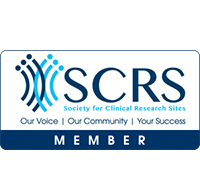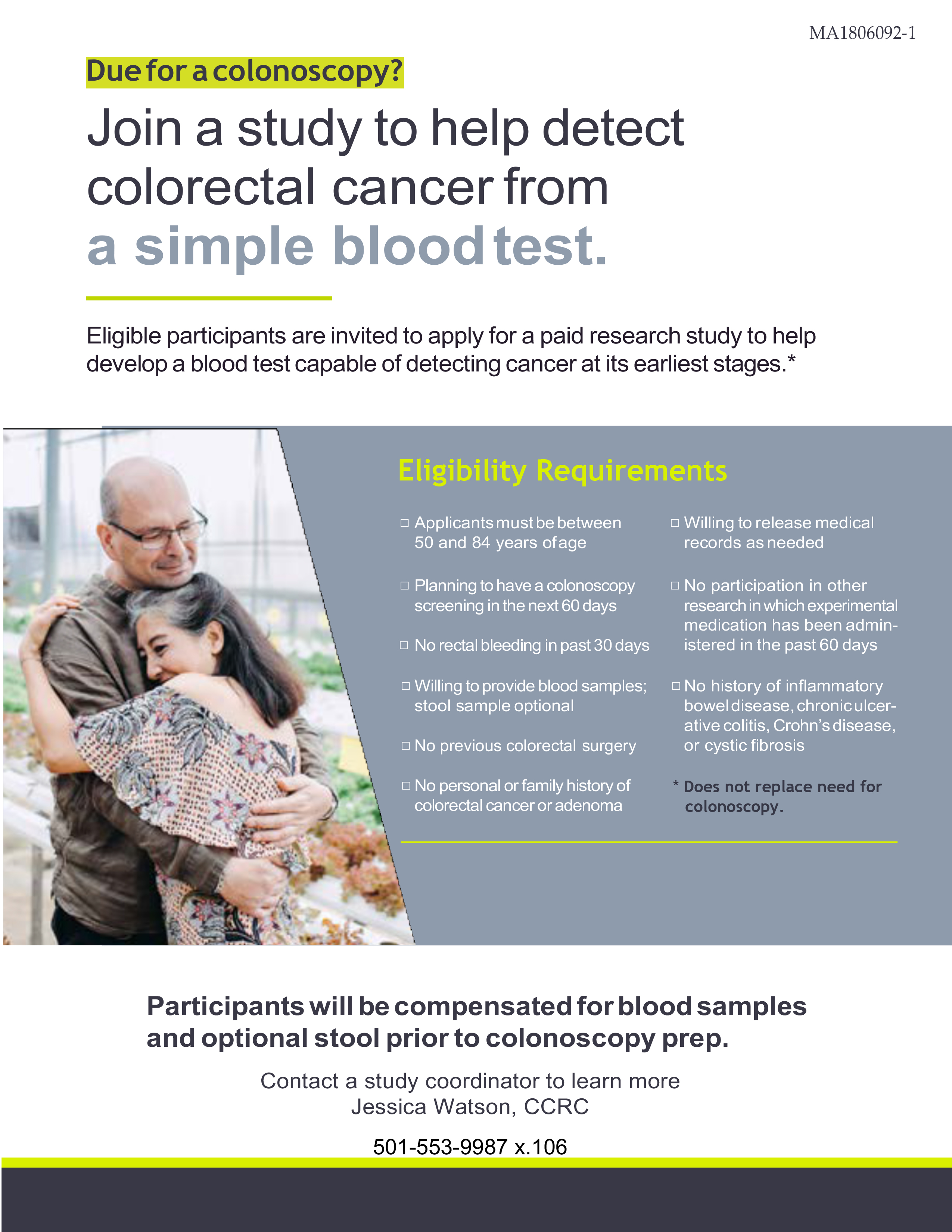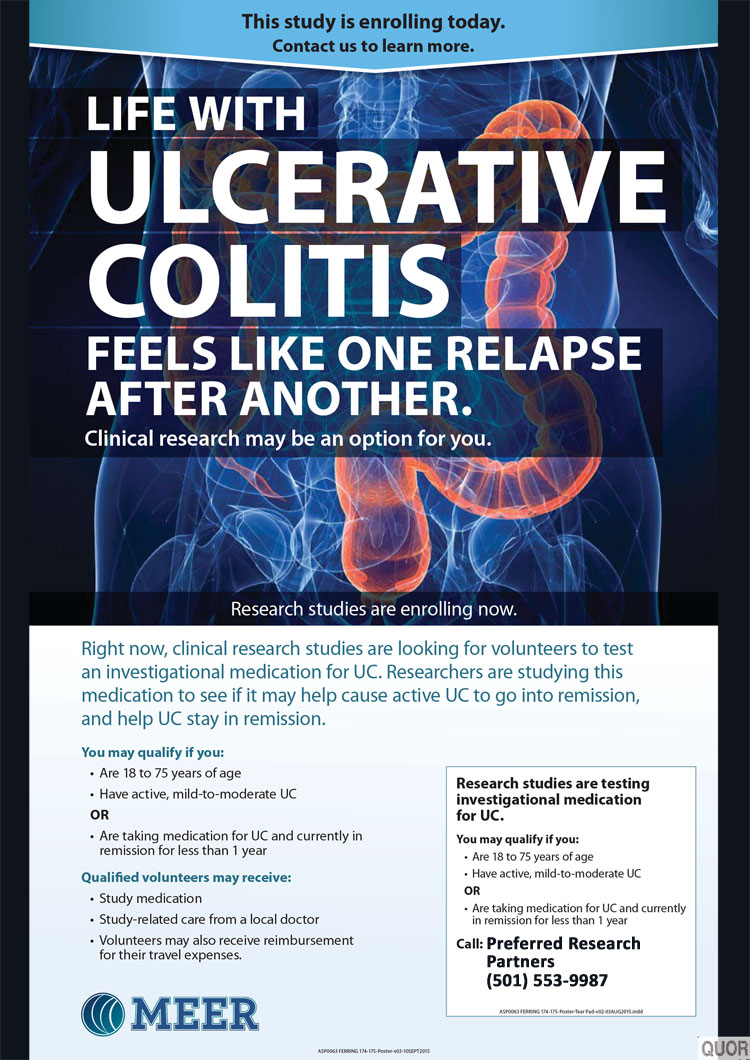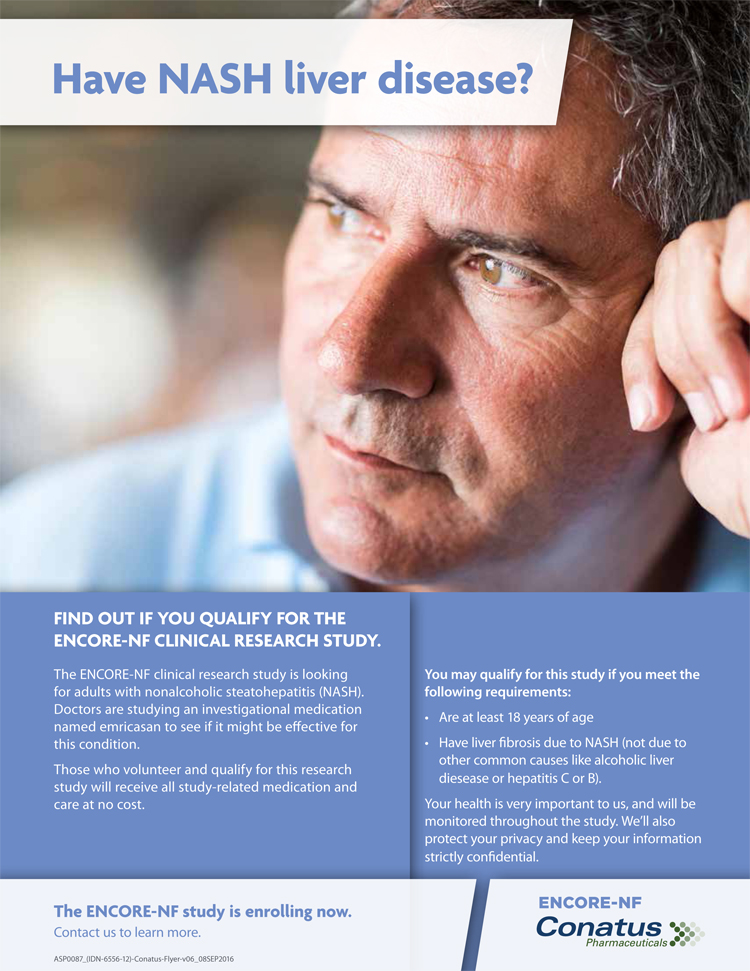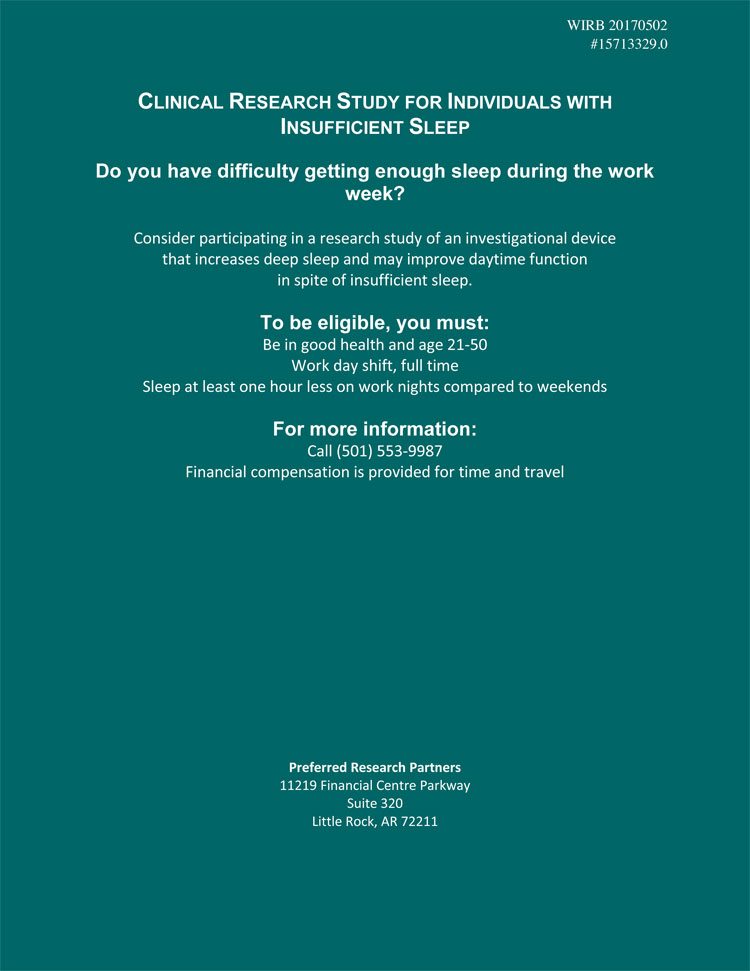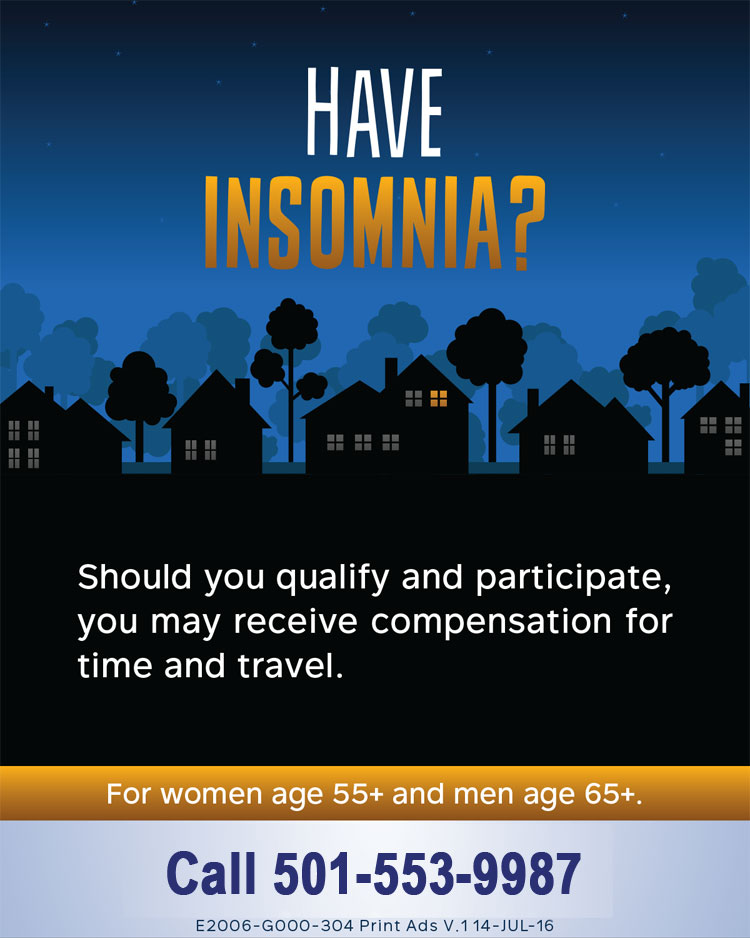An episodic migraine is one of the many types of migraine headaches that occur periodically. Other forms of migraines occur on a daily or continuous basis. A migraine is a neurological condition that is often characterized by severe pain and often throbbing headaches that may have other symptoms included. These symptoms can be nausea, vomiting, sensitivity to light and sound, and visual disturbances.
There are two classifications of migraines, episodic and chronic.
The two classifications are based on the frequency of headache days a person has per month. There are episodic migraines with and without aura. An episodic migraine without aura is described as recurrent migraine attacks without any symptoms such as sensory or visual disturbances known as “auras.” An aura can include various neurological symptoms like visual changes, tingling sensations, or even difficulty speaking. An episodic migraine without aura will typically consist of moderate to severe headache pain that will last for a few hours to up to 3 days if left untreated. An episodic migraine with aura is described when an individual experiences the classic symptoms of a migraine headache along with aura. The aura usually lasts for a short duration, as short as an hour. However, the headache phase that follows the aura can last up to 72 hours (about 3 days) if not treated.
When explaining the type of migraine a person may have, it is important for those suffering to understand the difference between an episodic migraine and a chronic migraine. A chronic migraine is characterized by more frequent and continuous headaches that last for 15 or more days per month for at least three months, with at least 8 of those days being migraines.
How can someone deal with an episodic migraine?
- Identify your triggers: Keeping a diary to track your headaches and potential triggers can be very beneficial to minimizing any potential triggers. Some common triggers may include stress, certain foods, lack of sleep, dehydration, hormonal changes, and bright lights or strong odors. Some foods that have been highlighted are caffeine, chocolate, and certain cheeses.
- Medications: Pain relievers like ibuprofen, naproxen, and aspirin are over-the-counter medications that may help alleviate mild to moderate migraines. A more severe migraine may need to be managed by your doctor. If your migraines are frequent or severely impacting your life, your physician may recommend medications that are taken daily to reduce the frequency and severity of migraines. It is important to begin a pain reliver as soon as you feel the headache coming on to increase the effectiveness of minimizing the pain associated.
- Rest in a dark and quiet room: During a migraine attack, it can be beneficial to find a calm and quiet place to rest with minimal lighting as sensitivity to light and sound is a common symptom during migraines.
- Stay hydrated: Dehydration can be a trigger for migraines. Drinking plenty of water throughout the day to stay hydrated can potentially reduce the risk of a headache.
- Cold or warm compress: Applying a cold or warm compress to your forehead or to the back of your neck may help alleviate headache pain.
- Regular sleep pattern: Maintaining a consistent sleep schedule can help prevent migraines.
- Avoid skipping meals: Skipping meals can lower one’s blood sugar which can trigger migraines in some people. Eating regular, balanced meals will keep your blood sugar stable.
If you experience frequent or severe migraines, it’s important to consult a healthcare professional for the proper evaluation. Everyone’s migraine experience can be different from another’s. What may work for one person may not work for another. If you suffer from episodic migraines contact Preferred Research Partners to see how we can help you.



